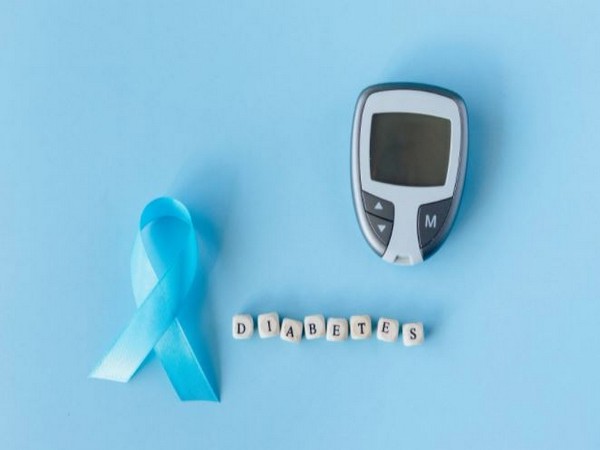
Ottawa [Canada], March 24 (ANI): Researchers have looked at how fat tissue from different parts of the body may lead to diabetes onset in men and women. The findings of the study were published in the journal ‘Obesity Reviews’.
Concordia researchers Kerri Delaney and Sylvia Santosa looked at how fat tissue from different parts of the body may lead to diabetes onset in men and women. They reviewed almost 200 hundred scientific papers looking for a deeper understanding of how fat operates at the surface and tissue level, and the mechanisms by which that tissue contributes to diabetes onset.
“There are many different theories about how diabetes develops, and the one that we explore posits that different regions of fat tissue contributes to disease risk differently,” said Kerri Delaney, a PhD candidate at Concordia’s PERFORM Centre and the paper’s lead author. “So the big question is, how do the different depots uniquely contribute to its development, and is this contribution different in men and women?”
Men and women store fat in different places. Diabetes, like many other diseases, is closely associated with abdominal fat. Women tend to store that fat just under the skin. This is known as subcutaneous fat. In men, abdominal fat is stored around the organs. This is visceral fat.
Fat appears to exhibit different features in men and women. They grow differently, are dispersed differently, and interact with the inflammatory and immune systems differently. For example, in men fat tissue expands because the fat cells grow in size; in women, fat cells multiply and increase in number. This changes with the loss of the protective hormone estrogen that disappears with menopause and may explain why men are more susceptible to diabetes earlier in life than women.
Working from the hypothesis that diabetes risk is driven by expansions of visceral fat in men and of subcutaneous fat in women, the researchers then looked through the papers to see what was happening in the cell-level microenvironments.
Though more research is needed, there were overall differences observed in the immune cell, hormone, and cell signaling level in men and women that seem to support different origins in diabetes between the sexes.
Delaney and Santosa hope that by identifying how diabetes risks are different in men and women, clinical approaches to the treatment of the disease can be better defined between the sexes. “Currently, the treatment of diabetes is similar for men and women,” said Santosa, an associate professor in the Department of Health, Kinesiology and Applied Physiology. “If we understood the differences between them better, we could consider these mechanisms in recommending treatments to men and women based on how diabetes medications work.” (ANI)






